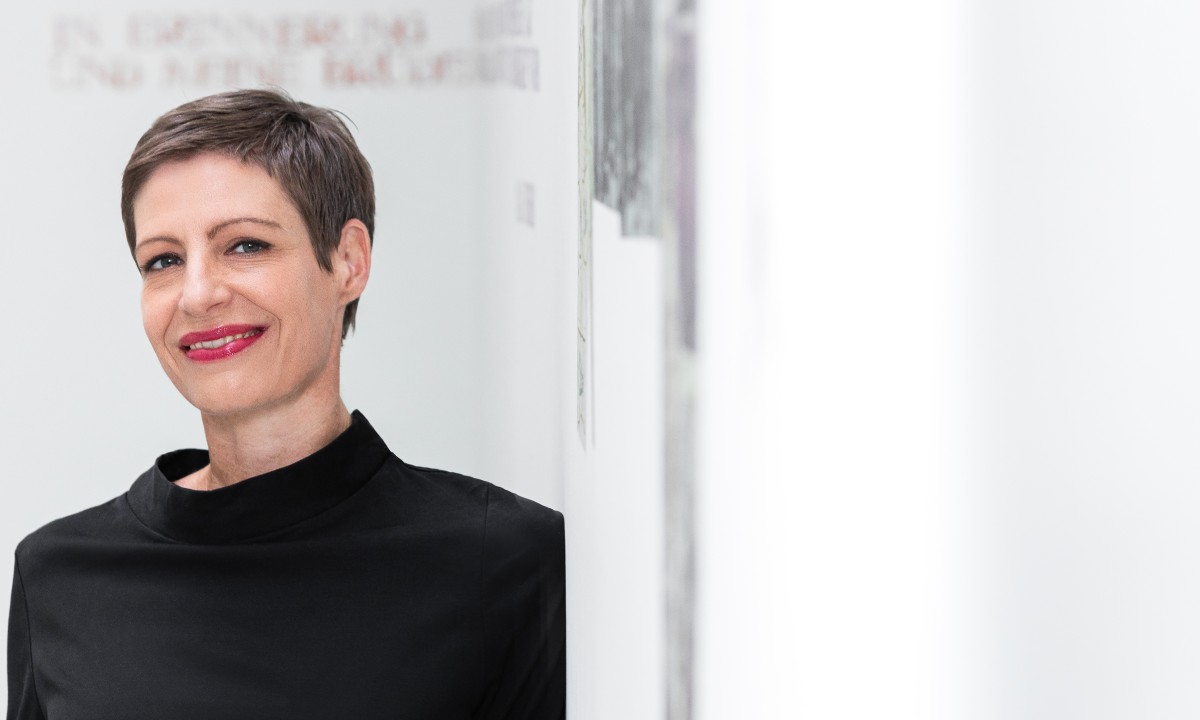26. June 2025
director's column
Museums Are Political Spaces
by Barbara Staudinger
By upholding humanistic values and placing the equality and dignity of all people at the center of their work, museums play a sociopolitical role. They respond—or at least try to respond—to societal polarization and take a stand against all forms of misanthropy. Ideally, this should go without saying. But in times when the obvious is no longer taken for granted, perhaps it’s worth repeating more often.
If museums are political in this sense, then this is even more true for Jewish museums. These institutions tell stories of the struggle for equality, of exclusion and integration, of coexistence, but also of discrimination and persecution. Jewish museums represent both a historical and contemporary minority. And because minorities—past and present—are often made scapegoats, Jewish museums have an even greater responsibility to uphold the banner of humanism. They must resist simplistic narratives, demand nuance, raise uncomfortable questions—and perhaps not always offer easy answers. Instead, they invite reflection: on God and the world, on the existence of multiple perspectives and experiences, and on how history and the present are shaped by these diverse viewpoints. Jewish museums encourage visitors to question themselves, their mental images, and their assumed truths. If taken seriously, one leaves the museum a little different than when one entered—not as a different person, but enriched by a new experience.
Jewish museums are political spaces, but they are not platforms for day-to-day political commentary. This is not only because nuanced, scholarly work takes time, but also because while museums are political, they must not become instruments of politics if they are to stay true to their mission. This may not be clear to everyone—like the Facebook user who, in response to a post about our exhibition “Tell Me Where the Flowers Are… 80 Years After the War – Photographs by Roger Cremers”, which deals with remembrance of the Shoah and World War II, asked whether we also show photos from Gaza. I would hope that the author of that comment visits the exhibition. The documentation is both sensitive and critical, raising many questions about how we deal with the past, our culture of remembrance, and our attitudes toward memory—questions that are also relevant today: What do we remember, what do we forget? And how do we remember?
Jewish museums are political spaces not only because they address the Holocaust, the exclusion of Jews, and the repeated expulsions throughout history. They are also places that speak of the possibility of coexistence and that use the past to develop perspectives for the future. So when someone asks me which of the Jewish Museum’s programs are dedicated to combating antisemitism, I’m always a bit unsure how to answer. Because in truth, every tour and every workshop challenges prejudice, opens up new perspectives, and emphasizes what unites us over what divides us—whether through the history of the Shoah or through an exhibition that may not seem directly related, like “Gtt. The Big Questions Between Heaven and Earth.”* In every exhibition and every corner of the museum, we try not to reproduce what the majority might assume “Jewish” means, but instead to question those assumptions, offer nuance, and show that Jewish identity is diverse and cannot be reduced to any single societal contribution.
To make it easier to identify which of our programs focus specifically on antisemitism, we offer two free workshops for schools: “Right or Righteous?” and “Lost in the Middle East?” These address far-right ideologies and antisemitism related to Israel—without preaching, but with plenty of context and stories.
If you’re still wondering what makes our exhibitions and programs political, just come by. Visit our exhibitions at Dorotheergasse and Judenplatz, and ask us—we’re always happy to answer your questions.
